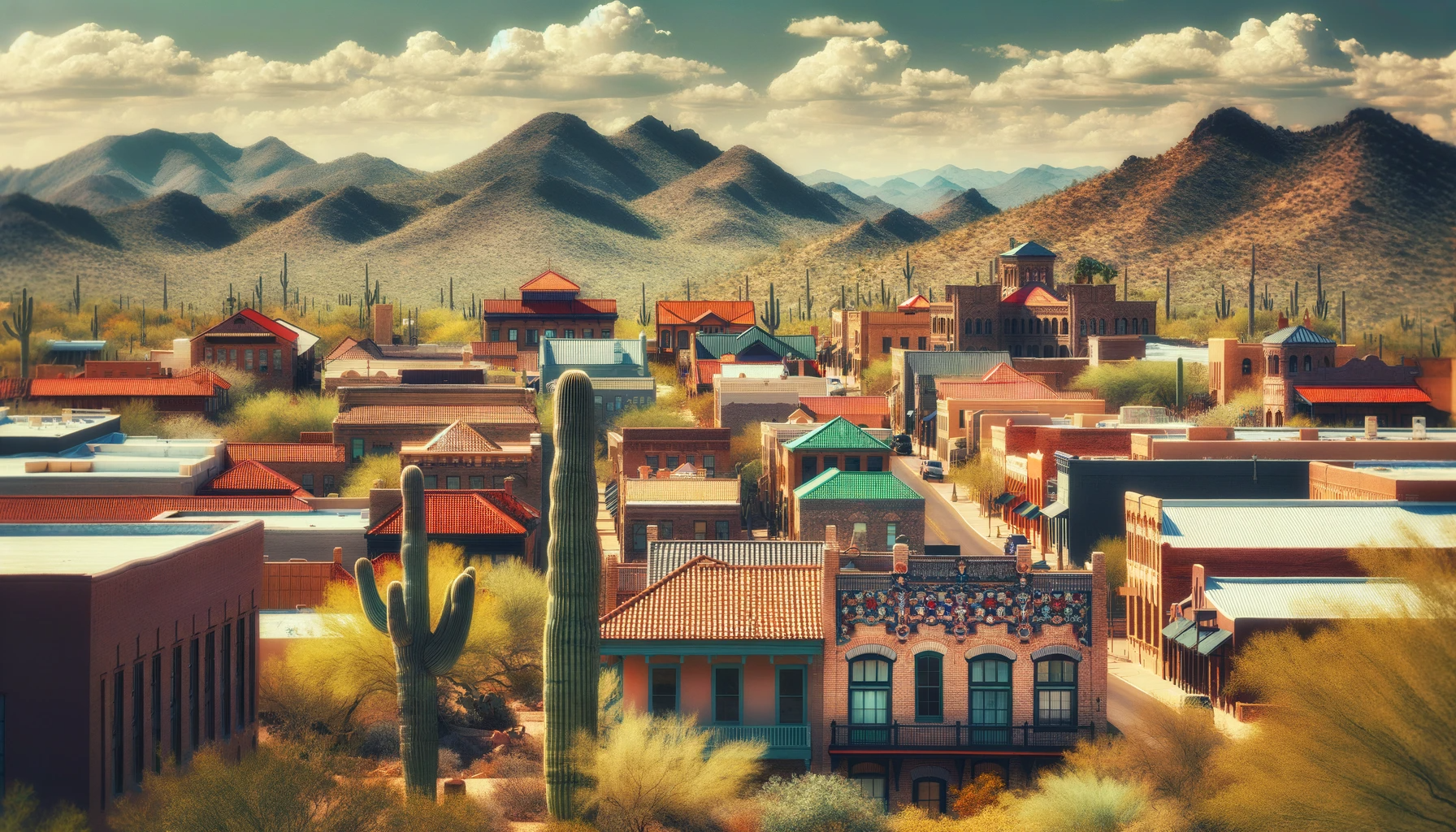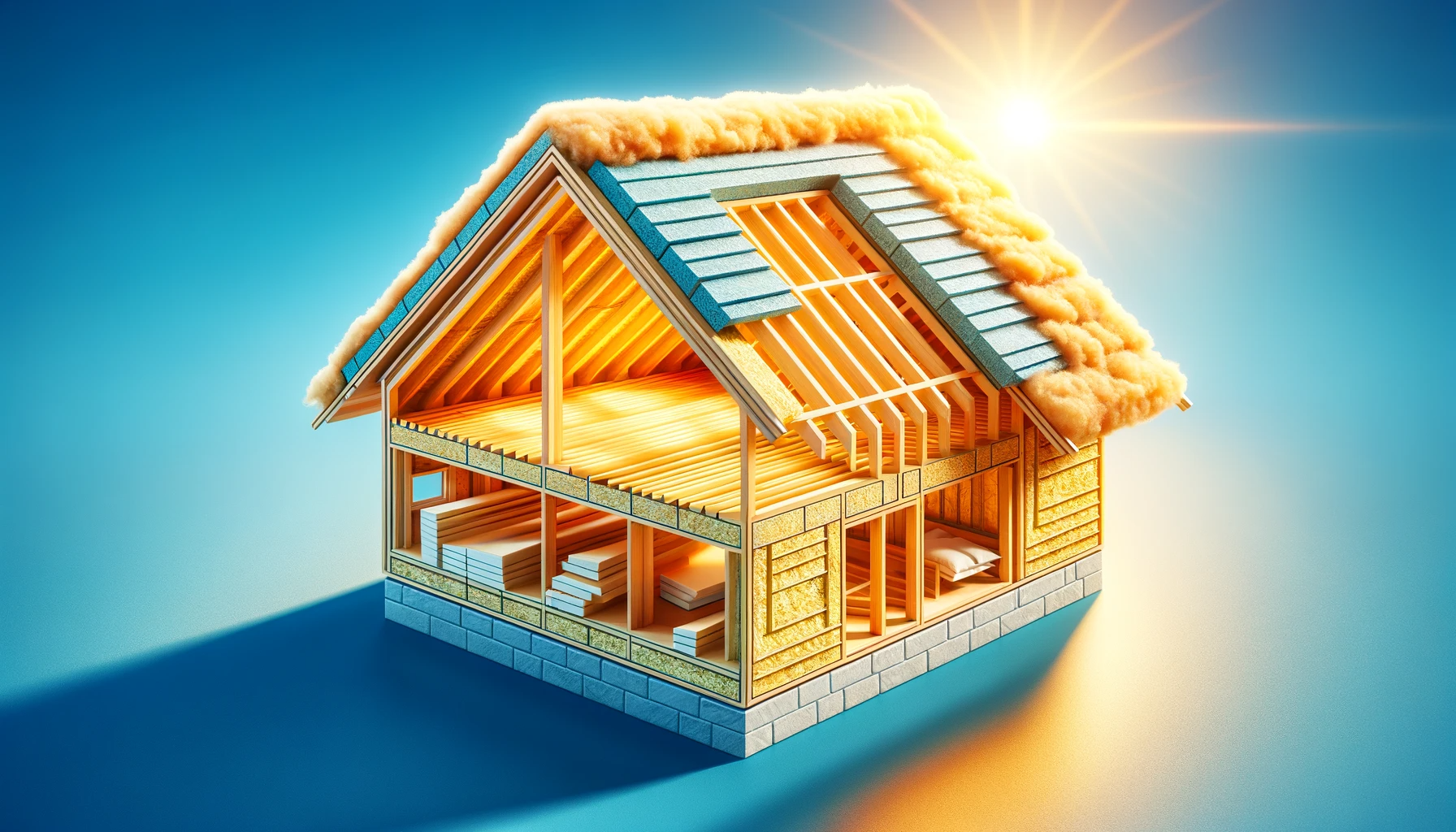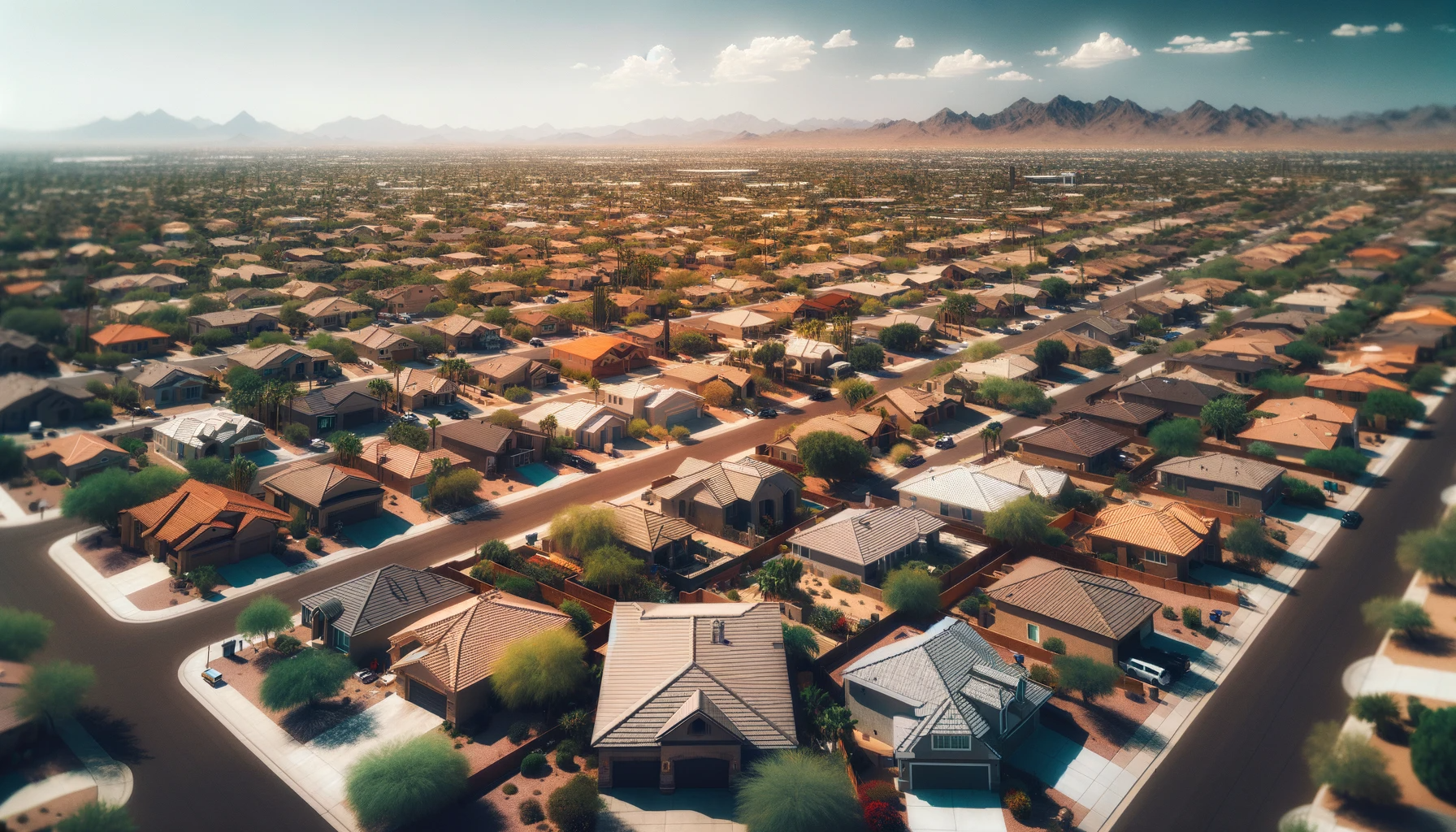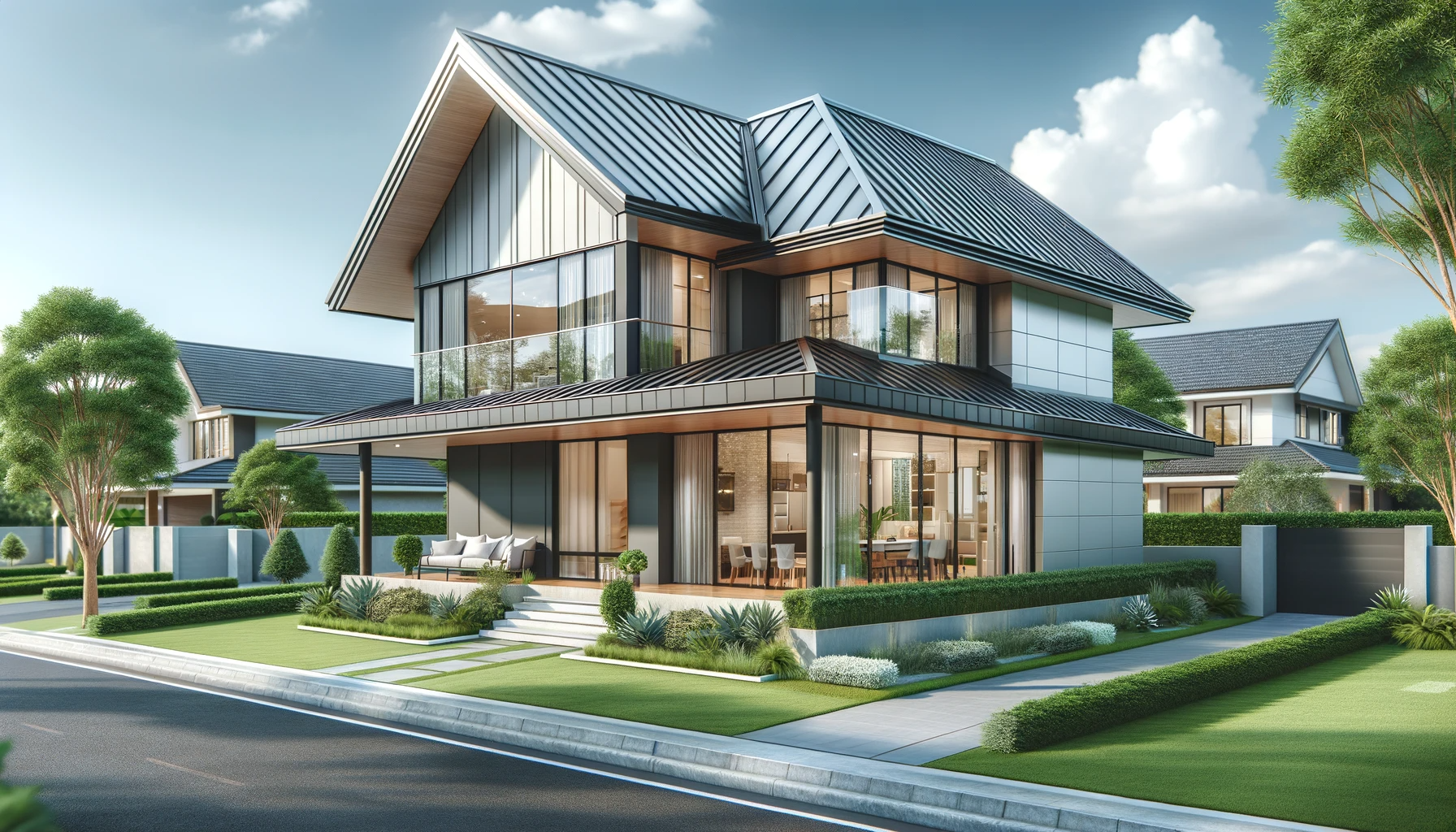Historical Roofing Styles in Arizona: A Journey Through Time

Arizona, a state renowned for its rich history and diverse landscapes, boasts a unique architectural heritage that is vividly reflected in its roofing styles. This blog post takes you on a journey through time, exploring the historical roofing styles that have defined Arizona's skyline.
The Beginnings: Native American Influences
The history of Arizona's roofing styles begins with the indigenous peoples. The Native American tribes, such as the Navajo and Hopi, constructed their dwellings using materials readily available in their environment. These early structures, known as hogans (Navajo) and pueblos (Hopi), featured flat roofs made of mud and wood. This method of roofing was not only practical for the materials available but also provided excellent insulation against the harsh desert climate.
Spanish Colonial Era: The Introduction of Tile Roofs
The arrival of Spanish colonizers in the 16th and 17th centuries brought significant changes to the architectural landscape of Arizona. They introduced the iconic terracotta tile roofs, a staple of Spanish colonial architecture. These tiles, known for their durability and ability to withstand the intense sun and heavy rains, became a popular choice for missions, churches, and homes. The San Xavier del Bac Mission near Tucson, built in the late 18th century, is a prime example of this style and remains a testament to the lasting influence of Spanish architecture in the region.
The Victorian Influence: Metal and Shingle Roofs
As the United States expanded westward in the 19th century, Victorian architectural styles began to influence Arizona's buildings. Towns like Prescott and Bisbee, thriving from mining booms, saw the introduction of metal and shingle roofs. These materials were easier to transport and install than traditional clay tiles and offered new aesthetic possibilities. Victorian homes with their steeply pitched roofs and decorative elements added a new dimension to Arizona's architectural tapestry.
The 20th Century: Innovation and Diversity
The 20th century saw a diversification in roofing styles in Arizona. The growth of the railroad and advancements in manufacturing brought new materials like asphalt shingles and concrete tiles. These materials offered affordability and versatility, leading to their widespread adoption in residential areas.
The mid-century modern movement, with its emphasis on clean lines and functionality, also left its mark on Arizona. Architects like Frank Lloyd Wright, who spent considerable time in Arizona, championed flat roofs in their designs. These roofs were not only aesthetically pleasing but also practical, providing an additional living space or a platform for solar panels.
The Contemporary Scene: A Blend of Tradition and Modernity
Today, Arizona's roofing styles are a blend of historical influences and modern advancements. While newer materials like stone-coated steel and solar tiles are gaining popularity, traditional materials like clay tiles and metal roofs continue to be cherished for their historical and aesthetic value.
The preservation of historical buildings, along with the incorporation of sustainable and energy-efficient roofing materials, reflects the state's respect for its past and its commitment to the future. Programs like the Arizona Heritage Preservation Initiative work to maintain and restore historical structures, ensuring that the state's architectural heritage is preserved for future generations.
Conclusion
Arizona's roofing styles are more than just a means of shelter; they are a narrative of the state's history, culture, and technological advancements. From the earthen roofs of Native American dwellings to the solar-paneled roofs of contemporary homes, these styles tell the story of a region that has continually adapted to its environment while respecting its rich heritage.
As residents or visitors of Arizona, when we look up at the roofs that line our streets and dot our landscapes, we are not just seeing a part of a building. We are witnessing a chapter in a story that spans centuries, a story that speaks of change, resilience, and the enduring spirit of Arizona.










Copyright Complete Roofing Systems | All Rights Reserved | Designed by Yeppy Marketing Agency




